-
 Bitcoin
Bitcoin $108,165.4587
0.78% -
 Ethereum
Ethereum $2,456.3517
1.15% -
 Tether USDt
Tether USDt $1.0003
0.00% -
 XRP
XRP $2.1934
0.05% -
 BNB
BNB $650.0935
0.52% -
 Solana
Solana $151.3905
2.69% -
 USDC
USDC $0.9998
0.00% -
 TRON
TRON $0.2751
-0.32% -
 Dogecoin
Dogecoin $0.1640
0.87% -
 Cardano
Cardano $0.5631
0.57% -
 Hyperliquid
Hyperliquid $38.7115
4.69% -
 Bitcoin Cash
Bitcoin Cash $493.1868
-0.39% -
 Sui
Sui $2.8217
3.61% -
 Chainlink
Chainlink $13.3994
2.08% -
 UNUS SED LEO
UNUS SED LEO $9.1632
0.94% -
 Avalanche
Avalanche $18.0318
1.97% -
 Stellar
Stellar $0.2388
0.35% -
 Toncoin
Toncoin $2.8763
1.41% -
 Shiba Inu
Shiba Inu $0.0...01160
1.59% -
 Litecoin
Litecoin $86.6393
1.29% -
 Hedera
Hedera $0.1485
0.16% -
 Monero
Monero $315.7948
1.56% -
 Polkadot
Polkadot $3.4240
1.88% -
 Bitget Token
Bitget Token $4.6314
-0.44% -
 Dai
Dai $0.9998
-0.01% -
 Ethena USDe
Ethena USDe $1.0002
-0.01% -
 Uniswap
Uniswap $7.2110
2.59% -
 Aave
Aave $270.6087
6.07% -
 Pi
Pi $0.5350
0.52% -
 Pepe
Pepe $0.0...09545
1.26%
Short-term skills for currency speculation K-line tutorial
Understanding candlestick patterns and identifying support and resistance levels are crucial for successful currency speculation, providing insight into market sentiment and potential price movements.
Jan 08, 2025 at 06:26 pm
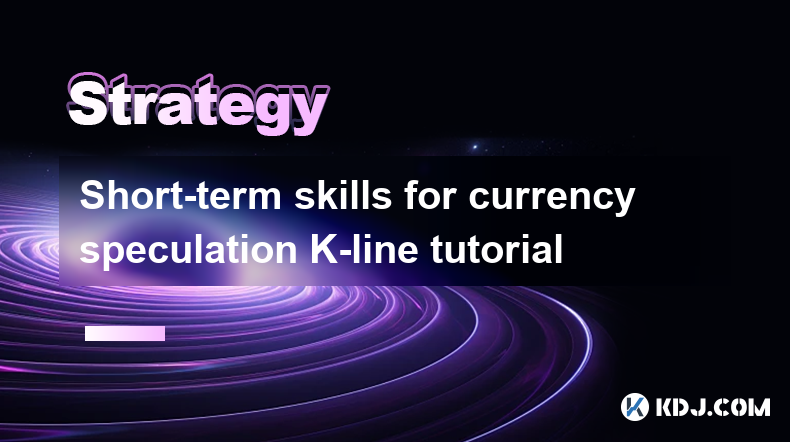
Key Points:
- Understanding Candlesticks and Chart Patterns
- Identifying Support and Resistance Levels
- Using Technical Indicators Effectively
- Interpreting News and Market Sentiment
- Managing Risk and Setting Stop-Loss Levels
Short-term Skills for Currency Speculation K-line Tutorial:
Understanding Candlesticks and Chart Patterns
- Candlesticks are graphical representations of price movements over a specified period.
- They consist of a body (real body) and wicks (shadows) that indicate the opening, closing, high, and low prices.
- Different candlestick patterns provide insights into market sentiment and potential price movements.
- Common patterns include doji (neutral), hammer (bullish), and hanging man (bearish).
Identifying Support and Resistance Levels
- Support levels are price levels at which a downtrend pauses or reverses.
- Resistance levels are price levels at which an uptrend pauses or reverses.
- Identifying support and resistance helps predict potential areas of price consolidation or reversal.
- Multiple touchpoints on a support or resistance level strengthen its validity.
Using Technical Indicators Effectively
- Technical indicators are mathematical tools that analyze price data to identify trends, momentum, and other market conditions.
- Popular indicators include Moving Averages (MAs), Relative Strength Index (RSI), and Bollinger Bands.
- MAs smooth out price data to indicate trends and support/resistance levels.
- RSI measures market momentum and identifies overbought or oversold conditions.
- Bollinger Bands indicate volatility and potential price breakouts.
Interpreting News and Market Sentiment
- News events, economic data, and social media sentiment can impact currency prices.
- Traders should monitor news sources and stay informed about market sentiment.
- Positive news or optimistic sentiment can drive prices higher, while negative news or pessimism can lead to sell-offs.
Managing Risk and Setting Stop-Loss Levels
- Currency speculation involves risk, and traders must manage it effectively.
- Stop-loss orders are predefined levels at which a trade is automatically closed to limit potential losses.
- Risk-to-reward ratio: Determine the potential profit-to-loss ratio before entering a trade.
- Position sizing: Allocate an appropriate percentage of the portfolio to each trade.
FAQs:
What is the best time frame for K-line analysis?
- Depends on the trader's strategy and trading style. Common time frames include 1-minute, 5-minute, 15-minute, and 1-hour charts.
Which technical indicators are most important?
- The importance of technical indicators varies based on individual traders' preferences. Popular indicators include MAs, RSI, Bollinger Bands, and volume.
How do I interpret candlestick patterns with technical indicators?
- Candlestick patterns and technical indicators complement each other. Crossovers between indicators and candlestick reversals can provide valuable trading signals.
How often should I adjust my stop-loss levels?
- Stop-loss levels should be adjusted as the market moves. Traders can use trailing stop-loss orders that automatically move with the price action.
How much risk should I take per trade?
- The risk-to-reward ratio should be considered. Generally, traders should risk less than 2% of their total portfolio on any single trade.
Disclaimer:info@kdj.com
The information provided is not trading advice. kdj.com does not assume any responsibility for any investments made based on the information provided in this article. Cryptocurrencies are highly volatile and it is highly recommended that you invest with caution after thorough research!
If you believe that the content used on this website infringes your copyright, please contact us immediately (info@kdj.com) and we will delete it promptly.
- Ruvi AI: The Audited Token Stealing Ripple's Spotlight
- 2025-06-30 02:30:12
- Bitcoin's Supply Shock: Exchange Balances Plunge Amidst Bullish Expectations
- 2025-06-30 02:30:12
- Crypto Investors Navigate US-Iran Tensions: Market Reaction and Resilience
- 2025-06-30 02:40:12
- ATOM, BNB, BlockDAG: Decoding the Latest Crypto Dynamics in the Concrete Jungle
- 2025-06-30 01:30:11
- Bitcoin's Role in a Weak Dollar World: Crypto Demand and Freedom
- 2025-06-30 00:50:12
- Binance, CZ, and XRP: Navigating the Crypto Currents
- 2025-06-30 00:55:12
Related knowledge
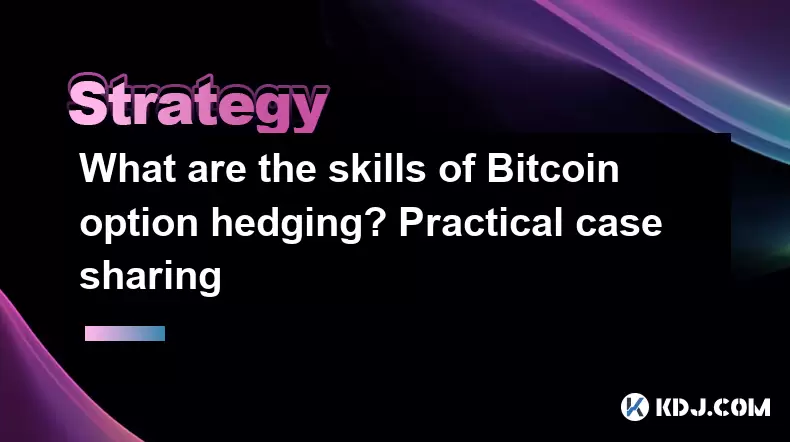
What are the skills of Bitcoin option hedging? Practical case sharing
Jun 24,2025 at 04:01pm
Understanding Bitcoin Option HedgingBitcoin option hedging is a risk management strategy used by traders and investors to protect their positions in the volatile cryptocurrency market. By using options, individuals can limit potential losses while retaining the opportunity for profit. In essence, it allows one to insulate against adverse price movements...
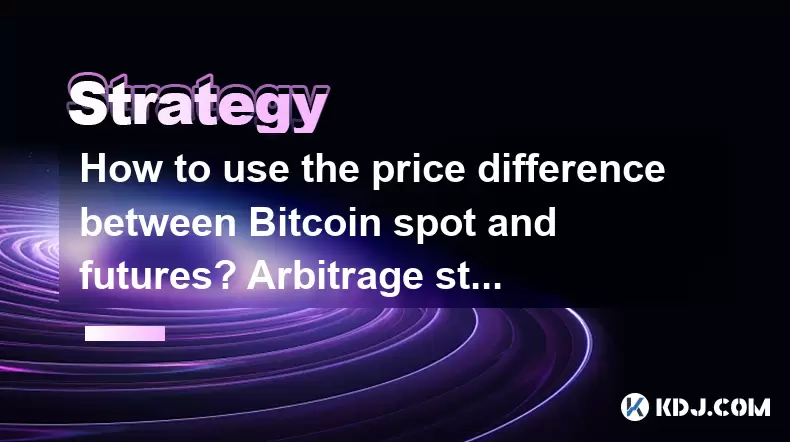
How to use the price difference between Bitcoin spot and futures? Arbitrage strategy
Jun 20,2025 at 02:56pm
Understanding Bitcoin Spot and Futures MarketsTo effectively leverage arbitrage opportunities between Bitcoin spot and futures markets, it's essential to understand the fundamental differences between these two types of markets. The spot market refers to the direct buying and selling of Bitcoin for immediate delivery at the current market price. In cont...
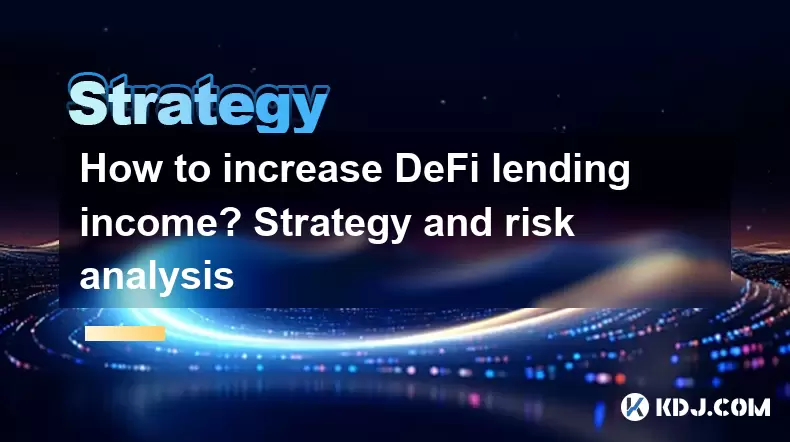
How to increase DeFi lending income? Strategy and risk analysis
Jun 24,2025 at 02:08pm
Understanding DeFi Lending and Its Income PotentialDeFi (Decentralized Finance) lending has emerged as a popular way to earn passive income in the cryptocurrency space. Unlike traditional banking systems, DeFi lending platforms allow users to lend their crypto assets directly to borrowers without intermediaries. The lenders earn interest based on the su...
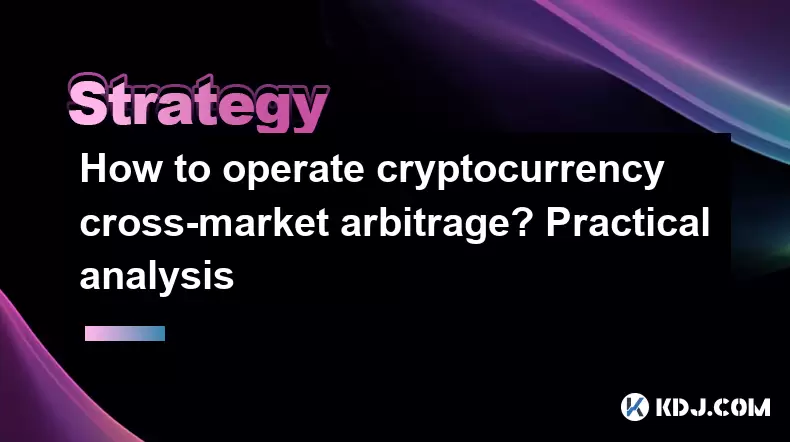
How to operate cryptocurrency cross-market arbitrage? Practical analysis
Jun 23,2025 at 04:01am
Understanding Cryptocurrency Cross-Market ArbitrageCryptocurrency cross-market arbitrage involves taking advantage of price differences for the same digital asset across different exchanges. The core idea is to buy low on one exchange and sell high on another, capturing the profit from the discrepancy. This strategy relies heavily on real-time market da...

How to make profits from high-frequency cryptocurrency trading? Sharing core skills
Jun 19,2025 at 05:07pm
Understanding High-Frequency Cryptocurrency TradingHigh-frequency trading (HFT) in the cryptocurrency market involves executing a large number of trades at extremely fast speeds, often within milliseconds. This method relies on small price discrepancies across exchanges or within a single exchange’s order book. Traders use complex algorithms and ultra-l...

What are the methods of cryptocurrency quantitative trading? Detailed analysis
Jun 22,2025 at 11:07pm
Understanding the Core of Cryptocurrency Quantitative TradingCryptocurrency quantitative trading refers to the use of mathematical models and algorithms to execute trades in the digital asset market. Unlike traditional discretionary trading, which relies heavily on human judgment, quantitative trading leverages data-driven strategies to identify profita...

What are the skills of Bitcoin option hedging? Practical case sharing
Jun 24,2025 at 04:01pm
Understanding Bitcoin Option HedgingBitcoin option hedging is a risk management strategy used by traders and investors to protect their positions in the volatile cryptocurrency market. By using options, individuals can limit potential losses while retaining the opportunity for profit. In essence, it allows one to insulate against adverse price movements...

How to use the price difference between Bitcoin spot and futures? Arbitrage strategy
Jun 20,2025 at 02:56pm
Understanding Bitcoin Spot and Futures MarketsTo effectively leverage arbitrage opportunities between Bitcoin spot and futures markets, it's essential to understand the fundamental differences between these two types of markets. The spot market refers to the direct buying and selling of Bitcoin for immediate delivery at the current market price. In cont...

How to increase DeFi lending income? Strategy and risk analysis
Jun 24,2025 at 02:08pm
Understanding DeFi Lending and Its Income PotentialDeFi (Decentralized Finance) lending has emerged as a popular way to earn passive income in the cryptocurrency space. Unlike traditional banking systems, DeFi lending platforms allow users to lend their crypto assets directly to borrowers without intermediaries. The lenders earn interest based on the su...

How to operate cryptocurrency cross-market arbitrage? Practical analysis
Jun 23,2025 at 04:01am
Understanding Cryptocurrency Cross-Market ArbitrageCryptocurrency cross-market arbitrage involves taking advantage of price differences for the same digital asset across different exchanges. The core idea is to buy low on one exchange and sell high on another, capturing the profit from the discrepancy. This strategy relies heavily on real-time market da...

How to make profits from high-frequency cryptocurrency trading? Sharing core skills
Jun 19,2025 at 05:07pm
Understanding High-Frequency Cryptocurrency TradingHigh-frequency trading (HFT) in the cryptocurrency market involves executing a large number of trades at extremely fast speeds, often within milliseconds. This method relies on small price discrepancies across exchanges or within a single exchange’s order book. Traders use complex algorithms and ultra-l...

What are the methods of cryptocurrency quantitative trading? Detailed analysis
Jun 22,2025 at 11:07pm
Understanding the Core of Cryptocurrency Quantitative TradingCryptocurrency quantitative trading refers to the use of mathematical models and algorithms to execute trades in the digital asset market. Unlike traditional discretionary trading, which relies heavily on human judgment, quantitative trading leverages data-driven strategies to identify profita...
See all articles

























































































